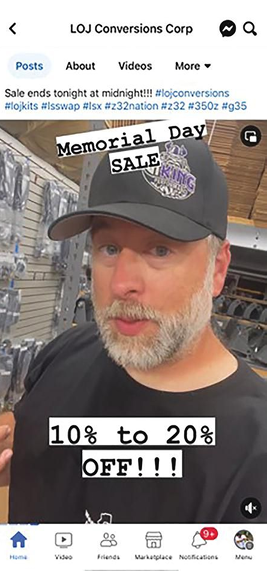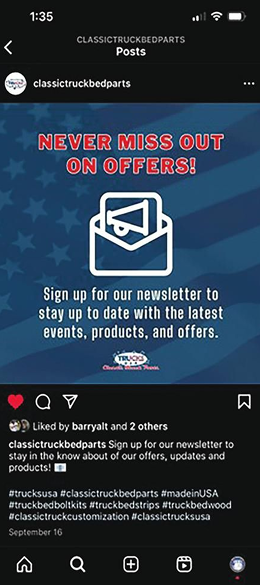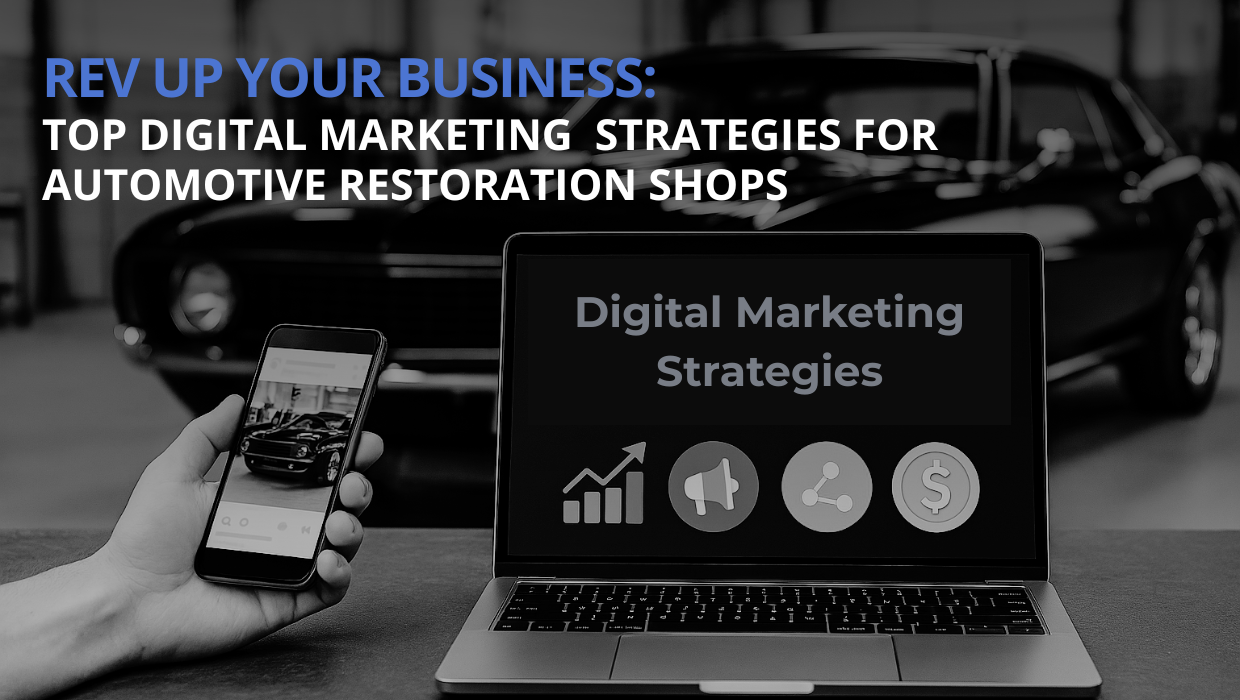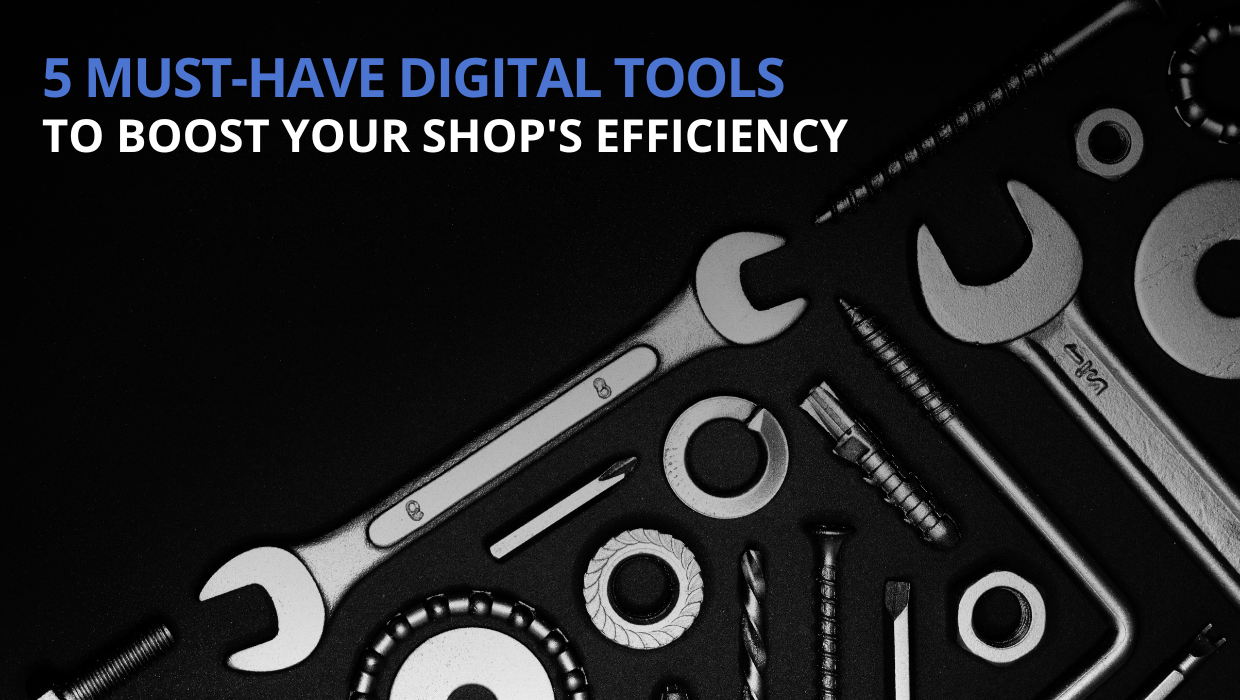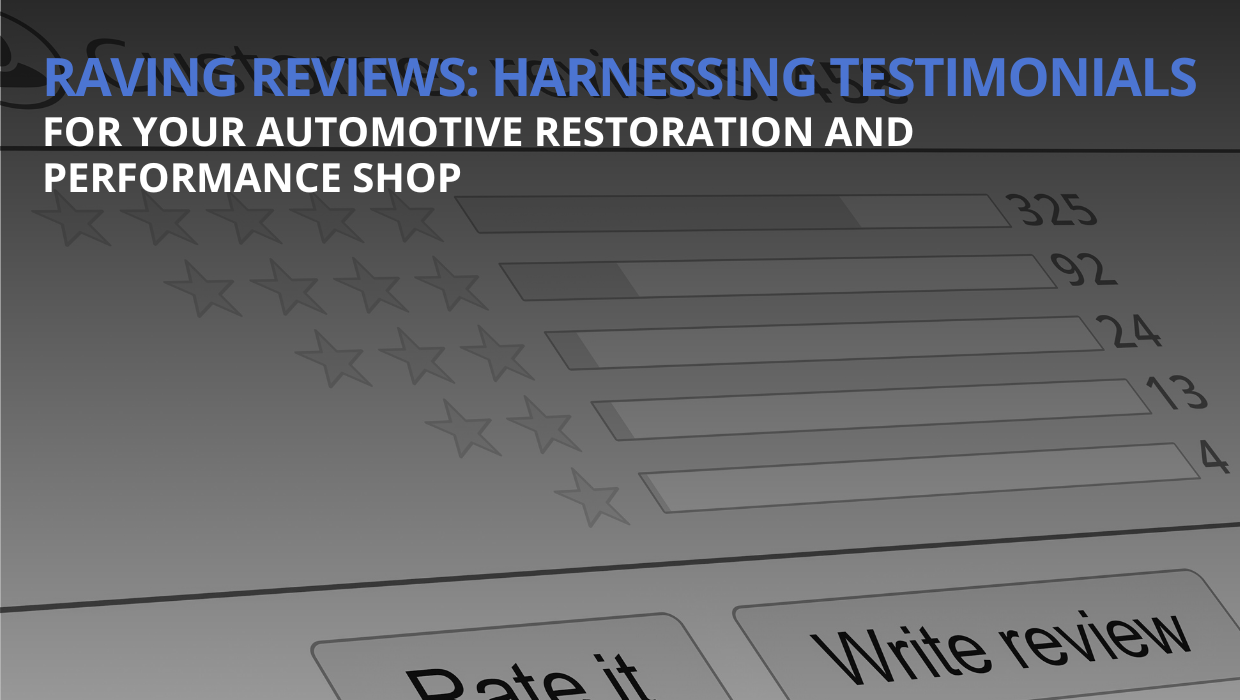Motorhead Articles
Get Your Marketing in Gear
Your Website and Social Media Accounts are Broken! - Part 3
Now that we've explored some common website issues that can impact your business's progress, it's time to shift gears and focus on social media.

Issue #1: START HERE - Focusing on the wrong social media platforms
Choose your social media platforms wisely. Before you spend one second setting up and posting to your social media channels, you need to understand where your prospective customers spend their time online. If you’re only on Facebook and they’re on Instagram or YouTube, you might be wasting your time and resources by barking up the wrong tree.
Choosing the right social media platforms is critical to reach your target audience effectively.
Solution
Carry out thorough audience research. Use competitor analysis, surveys, and industry research to identify where your audience spends the most time online.
We’ve found that sometimes the best solution to this, is simply to ask your favorite clients where they spend their time online.
Pro tip:
There’s also a ton of demographic data out there that indicates that people in different age groups may gravitate toward different social media platforms. If most of your customers are baby boomers, then they might be on Facebook, for example, and maybe LinkedIn, too. (Yes, LinkedIn counts as social media…)
Issue #2: Inconsistent branding
Maintaining a cohesive brand identity across social media profiles is key for a professional and memorable online presence.
Solution
Create comprehensive brand guidelines, including color schemes, fonts, and tone of voice. Apply these guidelines consistently to all your social media profiles to ensure a unified and instantly recognizable brand.
This means using the same logo, profile info, and messaging across all platforms
Pro tip:
If you have a team of people supporting your social media efforts, we recommend that you regularly audit your social media profiles to make sure they align with your brand guidelines.

Issue #3: Incomplete profiles and about sections
Your social media profiles act as the online representation of your shop. Filling these out is important, because they provide vital information about your business, enhance your credibility, and help potential customers easily connect with you.
Solution
Make sure to fill out all the required fields in the profile section of each social media platform. Include Google Business Profile details in your posts for local visibility. Always link back to your website where possible to drive traffic and provide additional information about your business.
Pro tip:
Craft a compelling and concise bio that succinctly communicates your brand's identity and value proposition.
Issue #4:
Not maintaining a regular posting schedule
Work would stop getting done if you quit showing up, right? In the same way, consistently posting on social media is crucial for staying engaged with your audience.
Solution
We see a lot of sites that haven’t posted any new content in years. Are they even still in business? Without consistent posting, it can be hard to tell. To address the issue of irregular posting, establish a content calendar. This tool lets you plan, schedule, and automate posts in advance. This guarantees a steady and reliable stream of content for your followers.
Pro tip:
Use social media management tools to streamline the scheduling and automation process. These platforms provide insights and analytics to optimize your posting strategy even further.

Issue #5: Ignoring audience engagement
You’d never ignore a customer standing in your brick and mortar store. If you want your online audience to become customers, too, you shouldn’t ignore them, either. Engaging with your audience is a cornerstone of successful social media management. Ignoring this can be a costly mistake for your shop.
Solution
Make it a practice to regularly monitor questions and comments, and promptly respond to them. Acknowledging comments, messages, and feedback creates a sense of community and builds stronger connections with your followers.
Pro tip:
Consider setting aside dedicated time each day for social media engagement. (This is the social part of social media!)
Issue #6: Limited mix of content
Seeing the same old thing day after day can bore your audience and make them quickly lose interest in your social media content. They may just ignore you or unfollow you altogether.
Solution
Provide various content types, including educational posts, behind-the-scenes glimpses, engaging videos, captivating images, and more. A well-rounded content strategy keeps your audience engaged and eager for what's next.
Pro tip:
Regularly assess the performance of different content types to figure out what resonates most with your audience. Tailor your strategy to emphasize this content going forward.
Issue #7: Neglecting valuable analytics & insight data
Analytics are your compass in the vast sea of social media, guiding you forward by showing you what’s working well, and what could use a little improvement. Neglecting it can leave you at a major disadvantage.
Solution:
Make it a habit to use the analytics tools provided by the platforms you use, or employ third-party tools. Track engagement, reach, and user behavior to gain valuable insights that can inform your content strategy and help you make data-driven decisions.
Pro tip: Set clear goals and key performance indicators (KPIs) for your social media efforts. Regularly review your analytics data to assess your progress toward these goals.
Issue #8: Lack of a clear CTA
Clear CTAs are essential for guiding your audience on social media to take the action you want.
Solution:
The goal here with proper CTA’s is to prompt people to engage or act. To do that, define your social media goals, whether it's brand awareness, lead generation, or driving website visits. Then, ensure that your CTAs are in harmony with these objectives.
Pro tip: Use compelling language to create a sense of urgency and encourage immediate action from your followers.
Next time
We'll take another batch of common social media issues and their fixes.

